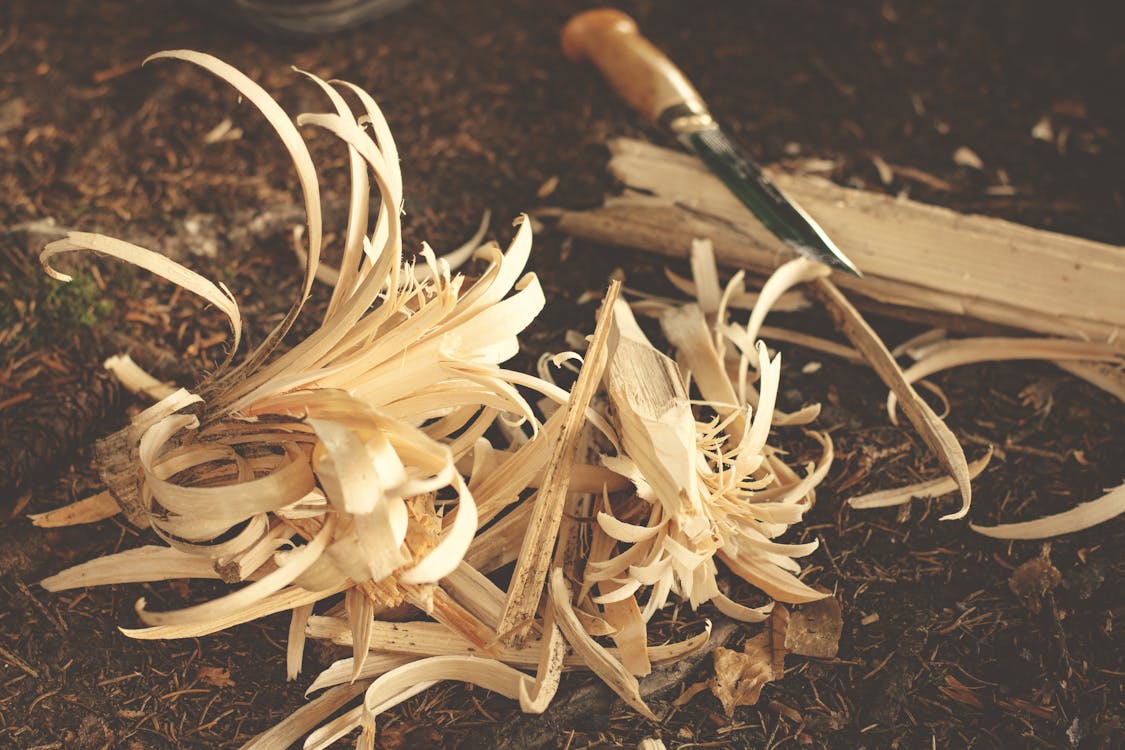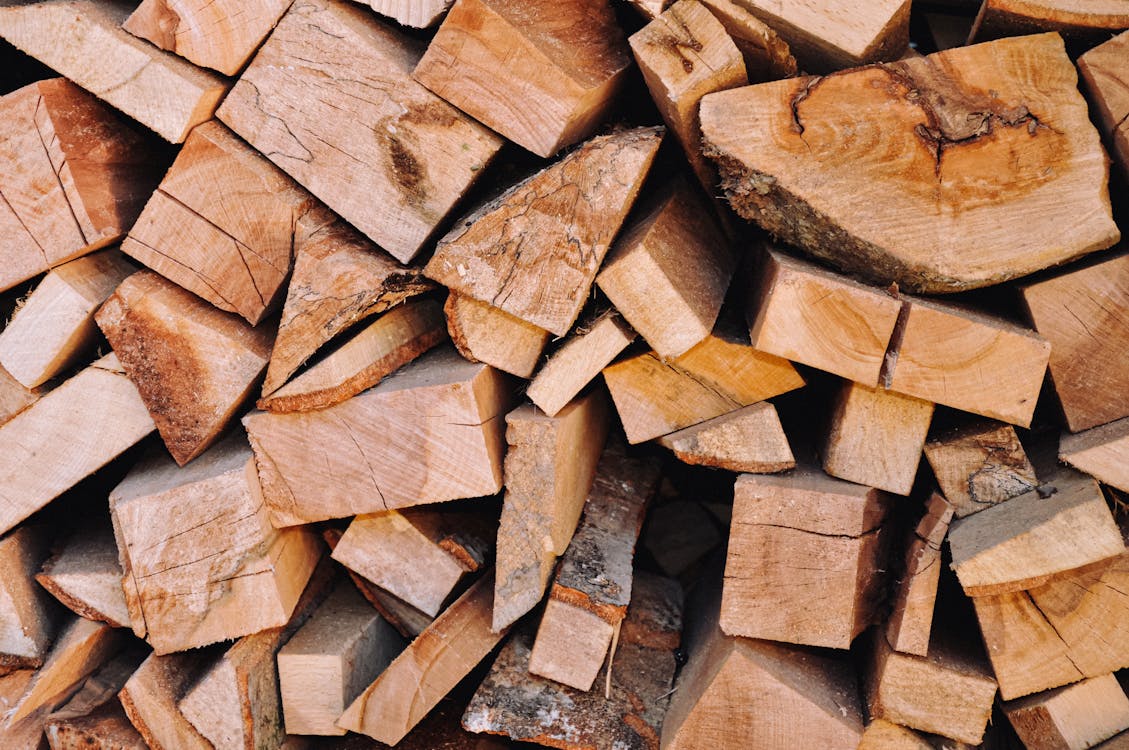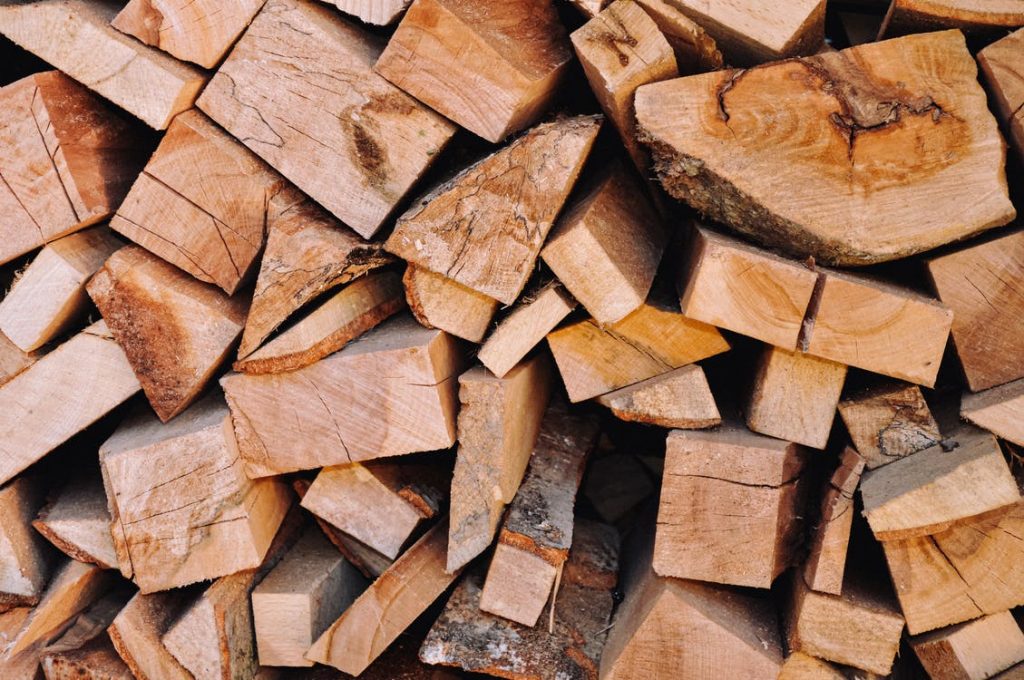What are Secondary Woods?

Thinking of certain woods as primary and others as secondary types of wood may seem like you’re turning a noble pursuit such as woodwork and perverting it with elitist classism. However, the term sounds much worse than what these woods are.
For many years, woodworkers have had to come up with creative ways to solve perennial problems. Perennial problems such as costs have existed since the inception of the trade. Some such solutions involved using cheaper and less exotic woods in sections that would not be exposed or obvious to the viewer as a means to cut costs while not completely compromising the integrity and strength of the workpiece and the longevity thereof.
Other than costs, another aspect that secondary woods like pine or poplar can help with is the wear on your tools. Often, using secondary wood can save time and reduce wear on your tools. I think everyone would agree that making drawer bottoms out of pine, instead of oak, would reduce the toll on your blades and cutters. The time and effort saved to let the maker devote more attention to the visible parts of the piece. In at least one instance, you’ll want to pay close attention to how your secondary wood was sawn. Particularly for drawer parts, buying half-sawn stock for secondary wood might be worth any extra expense.
When considering choices for secondary woods, remember that their application, prominence, and dimensions will be subordinate to the primary wood, and the design of the piece. Joinery can be more difficult to execute with certain coarse woods like oak or ash, so I prefer to use smoother, tight-grained woods such as poplar, pine, and soft maple. Each of these plentiful woods provides a few of the following advantages: appearance, stability, hardness, and good working properties.

Great Choices for Secondary Woods
Pine is an all-time favourite cheapie and it’s especially easier to work both by hand and with machine tools. It looks good and it finishes well. Poplar rivals pine for all the same reasons. Maple also performs nicely as a secondary wood. It is smooth and tight-grained, good for joinery. The subtle patterns of the grain and muted colors of maple can enhance the intimate quality of a small piece. Another intriguing choice, especially for drawer boxes, is butternut. It has a pleasing figure and warm color like its expensive cousin, walnut.
Using Modern Compressed Wood as Secondary Wood
One material not available to 18th-century furniture makers was plywood. I would rate the invention of plywood right up there with the table saw. I couldn’t imagine building furniture without it. Plywood offers a relatively flat and very stable material, available in an amazing range of veneers, with thicknesses from 3mm to 64mm With the availability and selection of plywood, a furniture maker doesn’t have to glue up and flatten an armful of 150mm boards to get a 600mm-wide panel. Another useful material is MDF (medium-density fiberboard). Because it is homogeneous and uniform throughout, MDF machines and finishes more easily than solid wood or plywood. It makes an excellent substrate for veneering. It has no layers to disguise, no voids to fill, and no grain to telegraph through a finish. If the structural demands of the job are modest, MDF could be a great choice.


Comments
Add comment